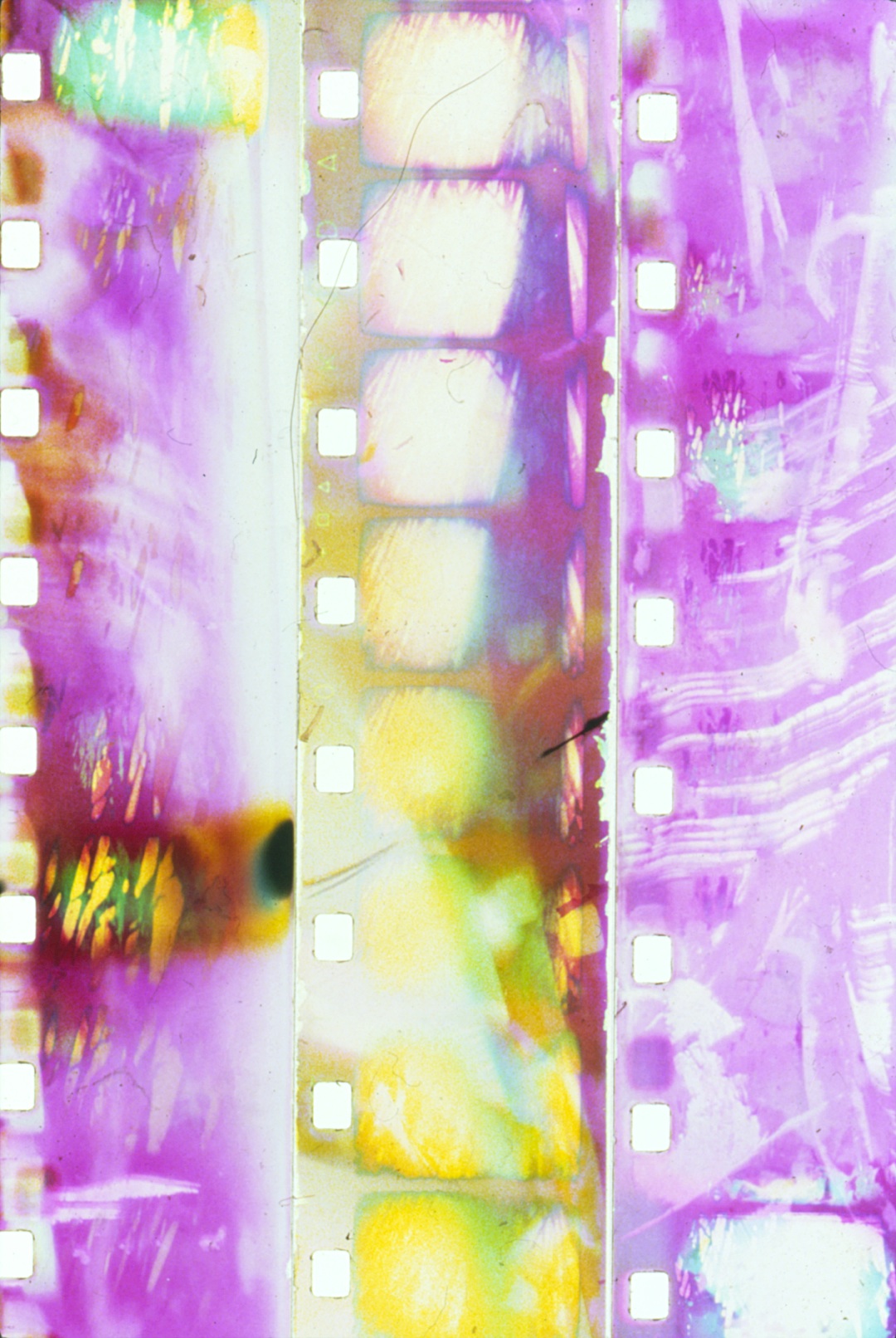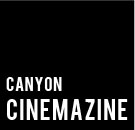
Looking and Leaping: An Email from Bali
by Ken Paul Rosenthal
May 1, 2001
Dear Toni-Lynn,
Thus far, my filmic dance partners have included: basket weavers, painters, and stone carvers. Today I added a master woodcarver, weavers, bamboo furniture makers, and a master shadow puppet maker. Tomorrow after filming the sunrise over a rice field, I’ll visit ceramicists followed by a cremation ceremony. They dig up the body after 4 years then burn dem bones. Then I’ll go to the village where my new documentary film producer friend who’s lived here for 4 years is editing her film on Final Cut Pro. My driver will pick me up and we’ll move north. After a couple of days, I’m gonna have him drop me in some podunk village so I can mix it up with the locals for at least 2 days. Hopefully, NO ONE will speak English. Can’t wait to film cock fighting, although I have no idea how this will fit into my project. I’ll probably shoot it using grainy black and white Tri-X!
I’m working through my fear of disembodying my subjects by way of deliberately not including their heads within the frame. Today I took many shots where upon releasing the trigger, a wave of feeling that I’d filmed the right thing at the right time swept over me from within. Most of those moments were clustered around the filming of the puppet master. I once wrote in the description of my film ‘Near Windows’, “If filmed with compassion, people can be poems”. (I wish I had a recording of myself trying to explain to my driver what a poem was). I’m trying to shoot my subjects more heroically. I believe I can do this without filming expressions of pride. I’m trying to evoke this by not filming flat images, rather positioning myself in relationship to the subject so that the fourth wall is penetrated. I’m trying to evoke and strong sense of dimension within the frame by shooting extreme close ups and shallow depth of field. This will ideally entice the viewer to follow their own focus to the artisan’s point of contact with their medium.
Today it became clear that I was exploring and evoking a universe that not only interests ME, but that is also precious to my subjects. I got so close to the puppet master that my lens was brushing his arm as I shot right through his underarm hair! Despite my getting closer by the day to my intention to shoot as if in dialogue, filming the puppet master felt like the most manipulated set up so far. Making one of these puppets takes 4 days, so I asked him to ‘perform’ a bit of each step for me while occasionally nudging him to move it along because I was losing light. When the puppet was complete, I asked him to hold it up and move it this way and that, but it never felt right. Considering the awkwardness afterward, and recalling my mission to capture nothing beyond gestures, I realized that my film was intrinsically about PROCESS. So it was by no means necessary to record a finished product. Lesson learned.
I am living my passion 24-7! Every night I dream about making film. Am I awake am I dreaming when I film? After I film am I full of emptiness or empty of fullness? I feel so light, I’m filming light. The trajectory of the film is becoming clearer. I will intercut the local artisans and field hands to convey the creative, productive aspects of human ingenuity. And ironically named construction workers pummeling and inseminating the earth with concrete pilings will illustrate how man(un)kind is carving up the planet. The glue that unites all these industrious Balinese folks will be images of my students making film; hand processing and doing direct animation, and of myself loading and projecting FILM to evoke the tactile qualities of the medium. The finished film will most likely be silent, but will somehow include choice sentiments extracted from my students’ extraordinarily personal and profound reflection papers.
I still believe that I must intensify my efforts to transcend interesting framing. I want to divert my attention away from the borders of the frame and negotiate the space between me and my subject in a way that approximates that of the artisans and their work. I don’t think it’s just a matter of getting more over the shoulder POV shots. But looking more deeply before shooting. I’m trying not to be tantalized by a good photo op as I’m so conditioned from the ten years my 35mm still camera was literally a 5th limb. I want the viewer to feel, if not embrace the intimacy with which the artisans are engaging their mediums.
At one point, I thought I’d start filming eyes, but quickly decided that would be too revealing. Again, I really want to isolate the industry of hands at work, a gesture that slips through all racial, ethnic, and spiritual divisions.
I do have fears. Much of what I shot on the first day might turn out underexposed. My super 8 camera’s internal light meter was in the red. I was shooting Kodachrome 40, which has a daylight rating of only 25 ASA. This morning I started freaking out, fearing I’d have to return after seeing the footage and shoot everything again. I cursed myself for jumping on an opportunity to shoot so quickly that I ignored my better judgment that it was not necessary to shoot. Of course ‘judgment’ is thinking mind. Maybe I instinctively knew that there was enough light to record an image. Still, this morning I started cursing my self-imposed obligation to work with ‘amateur’ reversal stocks in spite of their half-stop latitudes. I considered the possibility of having shot in negative 8, of which there is now a huge range of ASA’s. But shooting with would necessiate transferring to video for viewing and editing, as well as the final piece being a video. And blowing the tender super 8 negative up on an optical printer would most likely scratch the shit out of it more than editing a reversal original.
So I kinda found myself back where I began, loving 8 for everything it is AND isn’t. And remembered that my trip is FAR from over and my stock is FAR from running out. I arrived figuring I’d use the faster Ektachrome stocks for film scenes I would later wish to hand process, but quickly realized that I needed the stuff for the scenes that the Kodachrome 40 could not pick up. Of course, I’ve only got 10 rolls of Ektachrome, but I’ve filmed many artisans already. Once out of Ubud, I’ll see very few if any artists at work, so I’ll be able to focus on nature for which I’ll have plenty of light. And the people I’ll be focusing on will most likely be outdoors as they’ll be harvesting rice, stomping tempeh, or doing some sort of manual labor.
I’m constantly reminded how much filming is less about making the film, and more about experiencing myself through it’s making. And pardoxically, I can only achieve such insights by focusing intensely on the art AND craft of filmmaking. Shooting film is all about recognizing my obsessive compulsiveness and letting go of it. I know what I am filming here will not go away. If I must return, I shall do so graciously. The moment is like a wheel, and I can only become more adept at meeting it when it swings my way. But that wheel is not like a merry-go-round whose moment is the brass ring I seek to capture. I cannot ride on that wheel. I can stand apart from it like the spinning shutter in my camera. I can peer through it, and hopefully become increasingly skilled at embracing my subject in that split magical moment between anticipation and regret–memories of leaping into a spinning jump rope as a child.
Yeah, that’s what making film is about for me.
Your Kenpal
Return to Issue 3 Table of Contents
